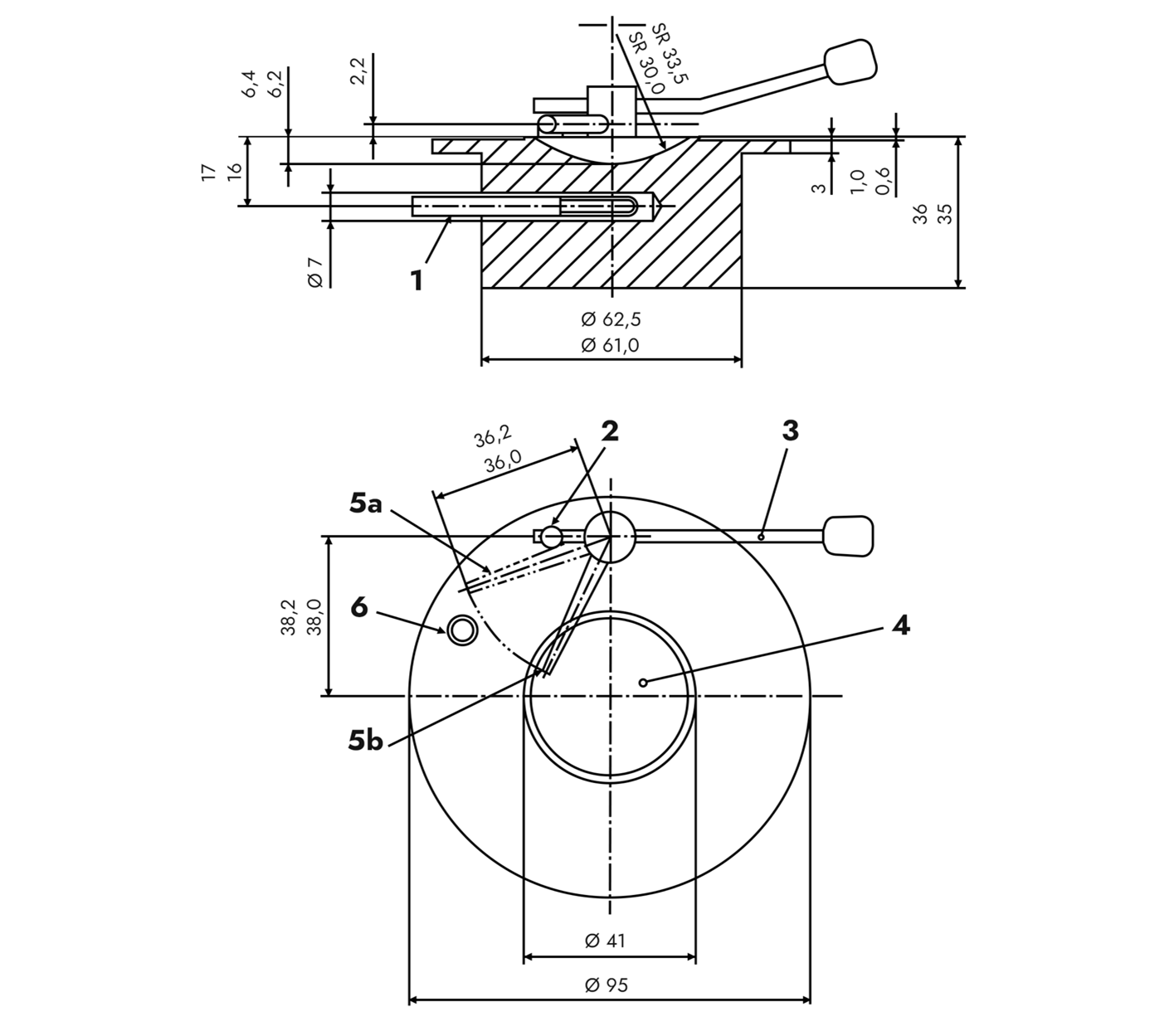Sustained combustion test for liquids UN L.2
In the last year 2023, the accredited testing laboratory VVUÚ a.s. in the field of material flammability expanded it is scope of accreditation to include a new test for sustained combustion of liquids, also known as "Determination of sustained combustibility of liquids." This accreditation makes us the only testing laboratory in the Czech Republic and one of the few in the EU that can conduct these tests in accredited quality.
This test is primarily conducted for the classification of flammable liquids. Flammable liquids with a flash point ≥ 23 °C and ≤ 60 °C must be classified as Category 3 according to the GHS and CLP (EU) Regulation No. 1272/2008 and as Packaging Group III for class 3 according to the UN transport regulations. These liquids are identified by the flammability warning symbol, the signal word "Warning," and the statement "H226: Flammable liquid and vapor."
Liquids in Category 3 may be excluded from this classification if they have a flash point > 35 °C and if negative results were obtained from the spontaneous combustion test or sustained combustion test (UN L.2).
The test, conducted in accordance with the directives of ČSN EN ISO 9038 and Recommendations on the Transport of Dangerous Goods (Manual of Test and Criteria – ST/SG/AC. 10/11/Rev.7; Test L.2), determines whether a flammable liquid is sustainedly combustible or not. For the purposes of this test, sustained combustion is defined as: Ignition of the liquid vapor, which can sustain spontaneous combustion for a minimum of 15 seconds after removal of the ignition source.
Before to the test for sustained combustion of liquids, the determination of the flash point of the liquids should usually be carried out according to a suitable test method or the temperature range within which the flash point is located should be known.

Dimensions in milimeters
Key:
- temperature measuring device
- stop
- handle
- test cup
- ignition source in "off" position
- ignition source in "test" position
- gauge ring
Simplified test procedure:
The test is conducted at temperatures of 60.5 °C or 75 °C and with an induction time of 60 s or 30 s. A test sample (flammable liquid) of 2 ml volume is injected into the test well and heated to the specified temperature (60.5 °C or 75 °C) during the induction period. If the liquid has not ignited yet, a standardized flame simulating the ignition source is moved over the test well with the flammable liquid for 15 s. If the liquid ignites at any point during the test and burns for more than 15 s, it is labelled as sustainedly combustible.
If the liquid does not ignite or fails to burn for more than 15 s in all temperature and induction time combinations, it is classified as non-sustainedly combustible and can be excluded from the classification of flammable liquids (according to GHS, CLP, and UN transport regulations).
Explanations:
- CLP Regulation - European regulation on the classification, labelling, and packaging of chemicals
- GHS - Globally Harmonized System for the Classification and Labelling of Chemicals
